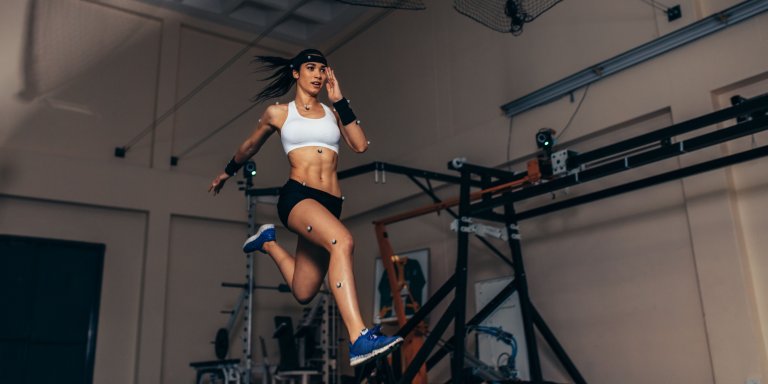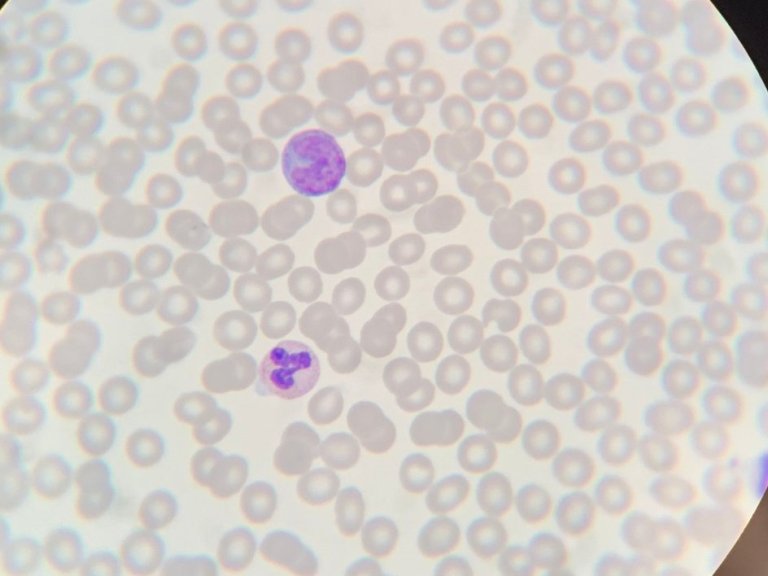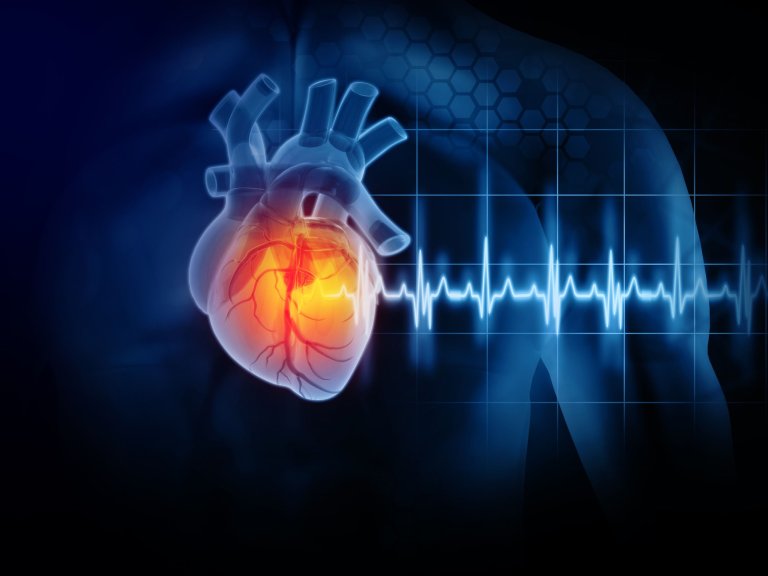This was the barrage of questions that hit Gregory Sedoc, former Olympian and European Champion over the 60m hurdles, when, in 2005, he first met his new coach, the German 'master maker’ Uli Knapp. Knapp wanted to know everything about Sedoc's rivals. Sedoc didn't even know these numbers about himself.
As the new hub of the Amsterdam Institute of Sport Science (AISS) was opened in Amsterdam, Sedoc spoke with Evert Verhagen, Professor at Amsterdam UMC, as well as Mathijs Hofmijster, Professor at the Amsterdam University of Applied Sciences and Raôul Oudejans, Associate Professor at the Free University Amsterdam, and shared his experience of a career spent blending science with elite athletics. Something that can only be done if you "measure, measure, measure".
Two years after his first meeting with Knapp, as an outsider, Sedoc would claim gold in Birmingham during the European Championships: "Science changed me from an athlete into an elite athlete”. Knapp measured everything, 18 years ago this was not the "normal way of doing things” but now "it's impossible to imagine elite sport with data.”
For Sedoc, the collaboration between science and the running track was transformative and Verhagen sees the new AISS hub as the perfect vehicle for "building a bridge between research and practice.”
The AISS it is a collaboration of not only the three educational institutions but also includes medical partners by working with both the OLVG Hospital and the Reade Rehabilitation centre in Amsterdam. In the eyes of Annieck Timmermans, Co-Director of AISS, this bundling of expertise is what allows the centre to make the "biggest impact, not only for elite athletes but for all athletes”.
The AISS was originally founded in 2014 and by collaborating not only with those above, but also with Topsport Amsterdam, an organisation for professional athletes, and the InHolland University of Applied Sciences, the institute aims to ensure that science can have as a large an impact on sport as possible. Peter Beek, Professor of Human Movement Science at the Free University Amsterdam: “The mission of the AISS, as expressed in the motto 'High Performance, Vital People', is to increase this impact. By now coming together at one location to give that mission even more shape, the AISS is also more easily accessible for everyone who is involved in sports and exercise.”
The AISS hub offers space for giving presentations, small-scale education and project meetings, making it a meeting point for anyone who wants to contribute to improving sports and exercise practice through knowledge and innovations. In the eyes of Anneke van Zanen, President of the Dutch Olympic Committee and Dutch Sports Federation, this sort of collaboration is crucial: "We all believe in the power of sport, but belief is not enough. We need the knowledge too.”
Van Zanen's presence by the opening of the AISS is not the only Olympic link. Evert Verhagen and Gino Kerkhoffs are together Co-Directors of the Amsterdam Collaboration on Health & Safety in Sports. A centre that was, earlier this month, accredited for the third time as an International Olympic Committee Research Centre. Verhagen believes that by working together with the AISS, the "Olympic rings can also shine on the wall” of the new hub.
Sedoc's own experience of the Olympic rings was limited to a semi-final in Beijing in 2008 and hampered by injuries in Athens in 2004 and in London in 2012, but he is a firm believer that he could have gone even further if he had had then, the scientific knowledge of 2022: "If I had been born 10 years later, I would have been Olympic champion.”




